Best aluminium road bikes: Lower-priced performance bikes
Here's our pick of the best aluminium road bikes available this year - a bike doesn't need to be carbon to go fast
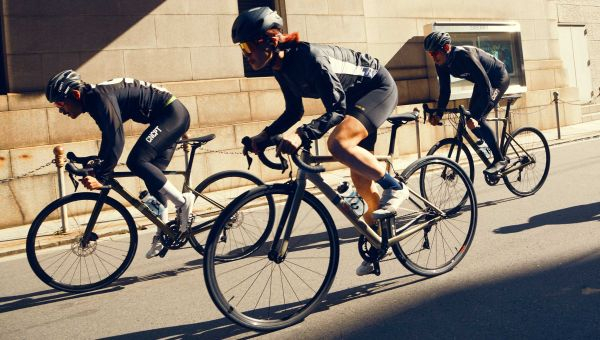
The best aluminium road bikes can offer the performance of a carbon bike, but usually at a lower price. Many have frame weights that are similar to or lower than comparably priced carbon fibre bike frames as well, making them some of the best road bikes for their price.
It's been over 25 years since aluminium supplanted steel as the material of choice for performance bikes. Although it was quickly superseded by carbon fibre for the highest spec bikes, brands have continued to develop aluminium bike frames, with the result that the best aluminium road bikes available today are lightweight, comfortable and even include aero features.
Aluminium frames are cheaper to produce than carbon ones as well, so the majority of the best budget road bikes are also made of the metal. Given that the framesets tend to be cheaper, it's often easier to balance the cost of a bike overall.
Here's our pick of the best aluminium road bikes for performance that are available and below that is a buyer's guide for how to choose the best aluminium road bike for your needs.
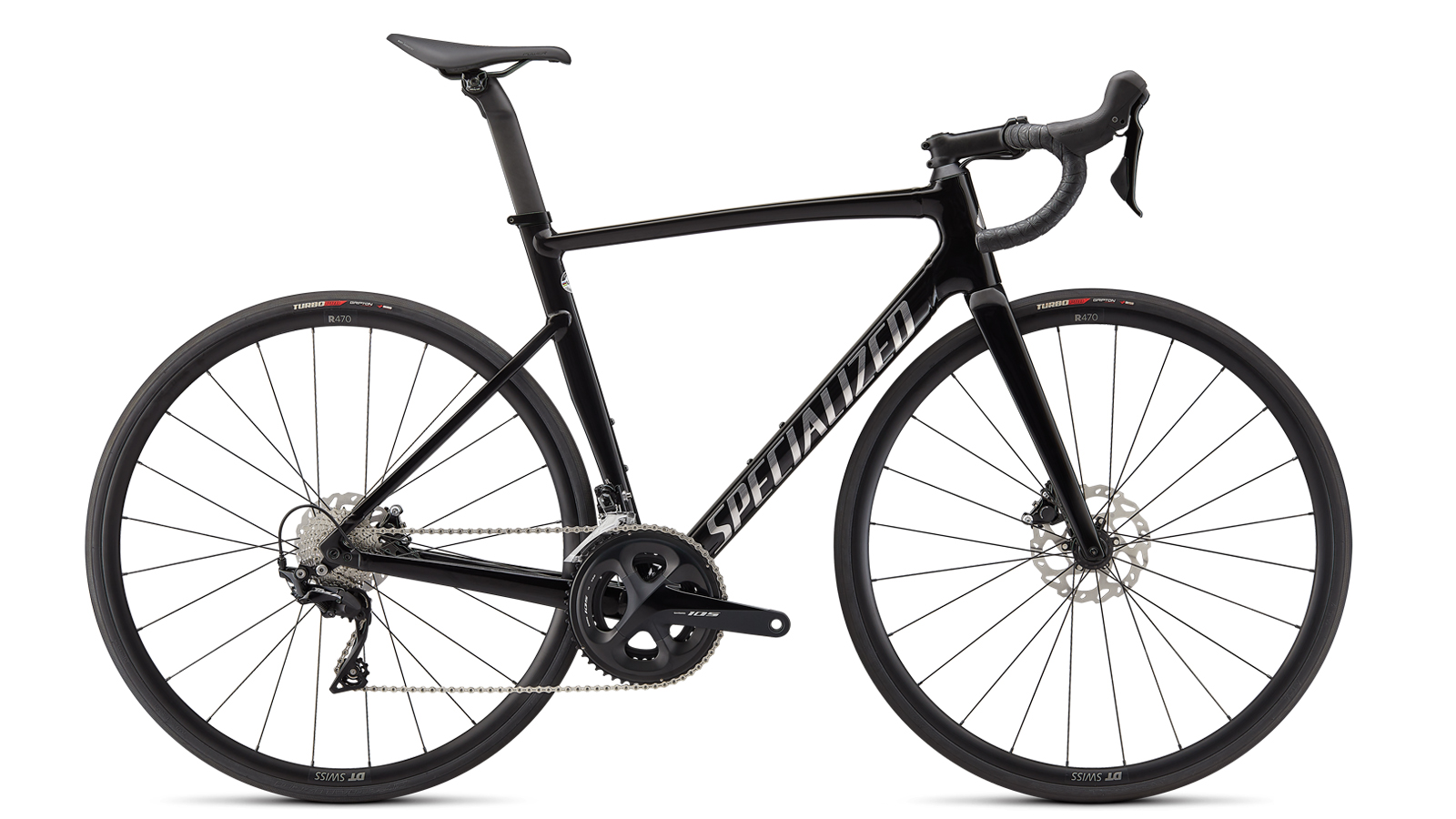
The Allez Sprint isn't like other Allez models and is much more like an alloy Tarmac. As such it's a great option for racing, with aggressive geometry and tough enough to handle crits.
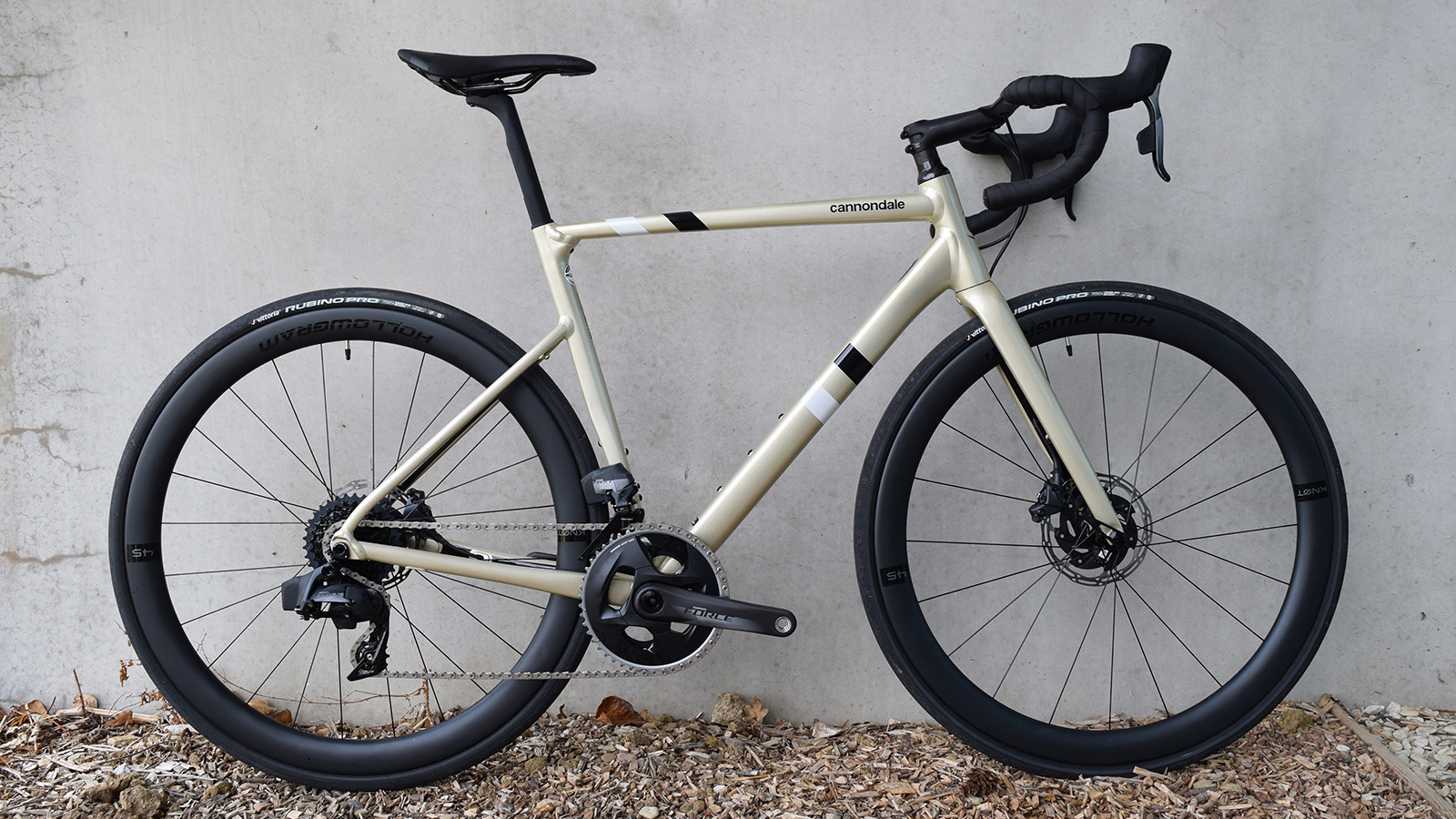
Another alloy bike that borrows features from its carbon sibling, in this case the SuperSix Evo, the CAAD13 has aero tube profiles, but is still comfortable to ride.

Trek launched an updated Emonda in 2023, with integrated cabling and aero tube profiles, making it even more like the carbon bike, along with new, brighter colours.
Best aluminium road bikes you can buy today
You can trust Cyclingnews
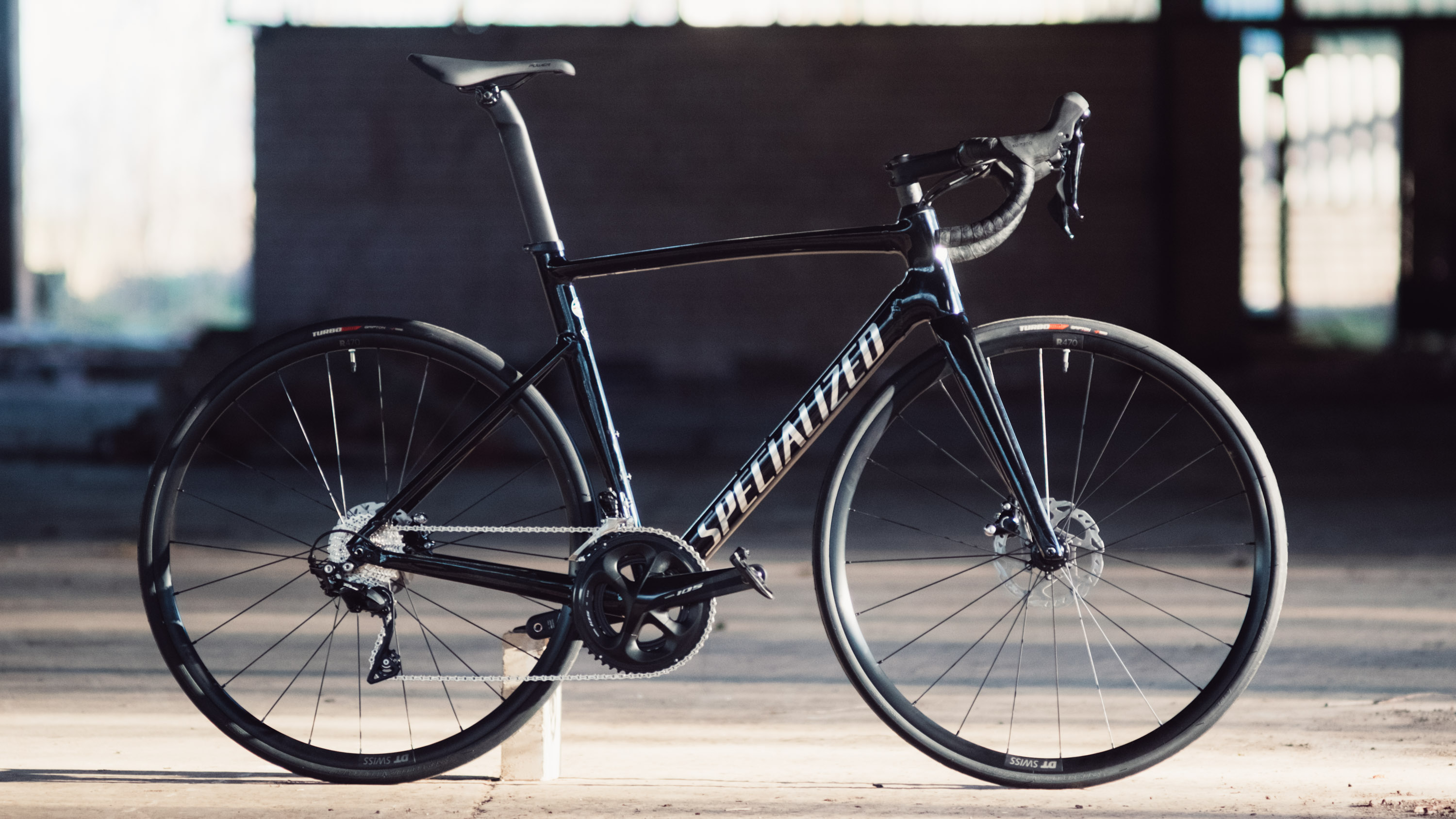
Specifications
Reasons to buy
Reasons to avoid
While the previous iteration of the Allez Sprint modelled itself on the now-extinct Specialized Venge, focussing on fast and hard crit racing, the current model has mellowed and matured into a more all-around bicycle.
The geometry is based on the Tarmac SL7 (it's identical), rather than the Venge, so the handling is sublime but never twitchy. The new integrated downtube and bottom bracket make for an exceptionally efficient pedalling platform, and the Shimano 105 groupset is spot-on for the money.
With a few componentry swaps the frameset provides a tempting platform for making the bike your own. Why not try some bigger tyres for endurance rides, or aero wheels for race day?
Interested? Our Specialized Allez Sprint Comp first ride review can give you more info.
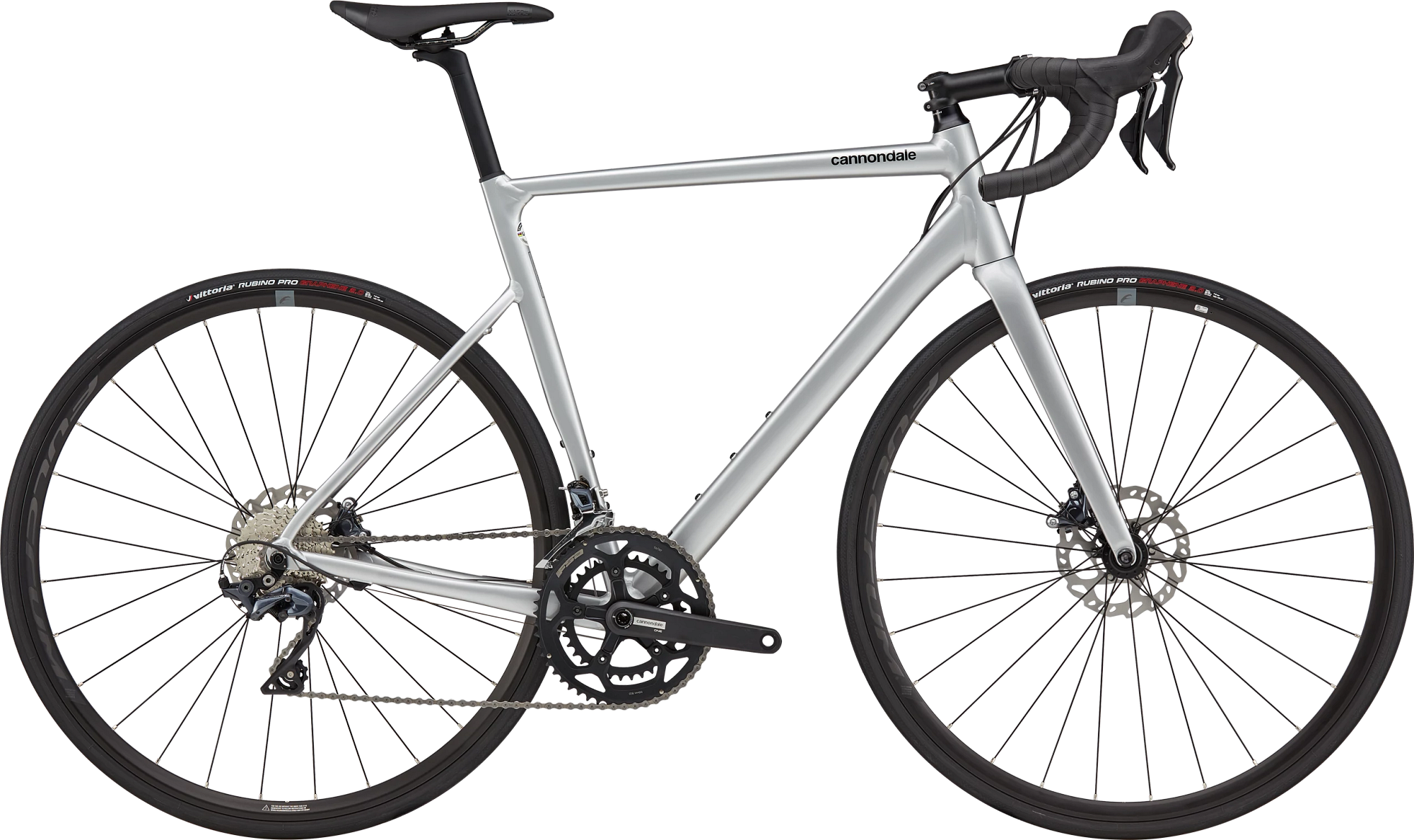
2. Cannondale CAAD13 Ultegra
Specifications
Reasons to buy
Reasons to avoid
Cannondale's CAAD frames have long been considered the gold standard in aluminium race bikes, and the latest iteration the CAAD13 builds on that legacy.
The geometry matches the SuperSix Evo, and the CAAD13 retains the light steering and crisp response to pedal input. Dropped chainstays and a D-shaped seatpost greatly improve comfort, and Cannondale has used hydroforming to incorporate truncated aerofoils to help the frame slice through the wind.
The American outfit is now only offering the CAAD13 in disc builds, either with Shimano 105, or Ultegra, but there is a women's spec bike.
Check out our first look at the Cannondale CAAD13 Ultegra for more details.

3. Trek Emonda ALR 5
Specifications
Reasons to buy
Reasons to avoid
When you think Emonda, the first thing that comes to mind is the feathery light carbon frame that even gets lightweight paint in the name of shaving grams. While the ALR version is pudgier than its carbon companion, the bike is no slouch when it comes to performance.
Trek's latest update of the Emonda ALR sees the bike get hidden cabling and aero tube profiles, making it even more like the WorldTour-level carbon version of the bike.
The Emonda ALR is one of those bikes that show alloy bikes don't have to be uncomfortable, and for the price, the performance is hard to beat. The new model gets Trek's racier H1.5 geometry as seen on the pros' Gen 7 Trek Madone aero bike.
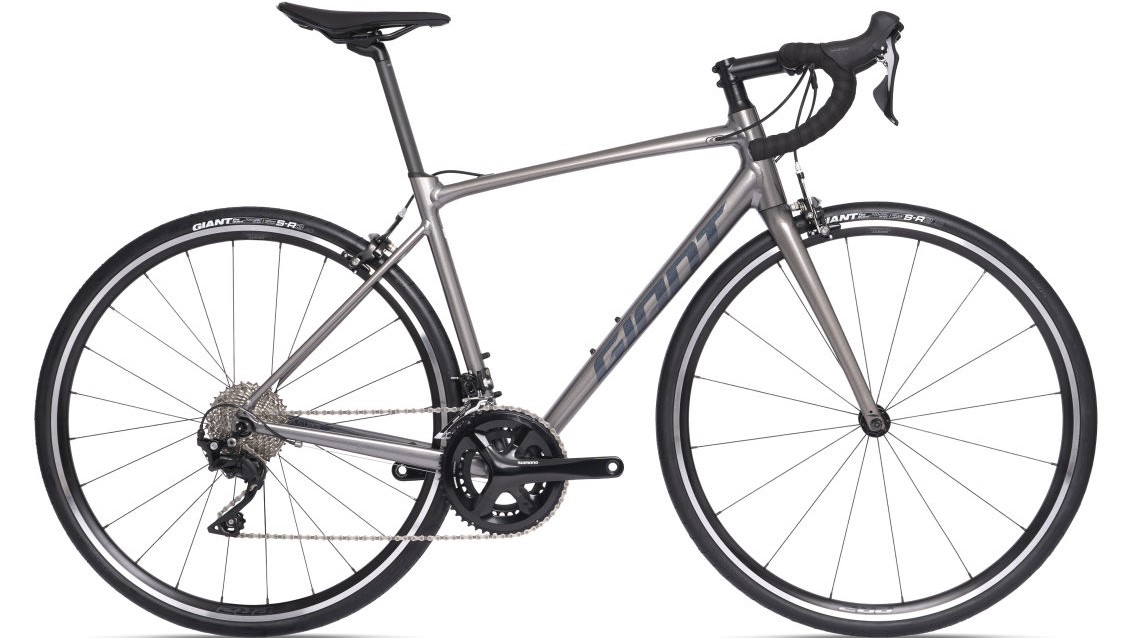
4. Giant Contend SL 1
Specifications
Reasons to buy
Reasons to avoid
Giant has scaled back its alloy offerings, yet the Contend is one of the few survivors. Categorised as an 'all-rounder' the Contend occupies the entry-level of Giant's drop bar range.
With an upright geometry, Giant has used some of its manufacturing wizardry, and the D-Fuse seatpost to produce a surprisingly compliant frame. It's not a race bike, but the compact rear end gives it a snappy engaging feel, while the handling is manageable, even for inexperienced riders; the Contend could serve as both a commuter and weekend rider for those who need multi-purpose affordability.
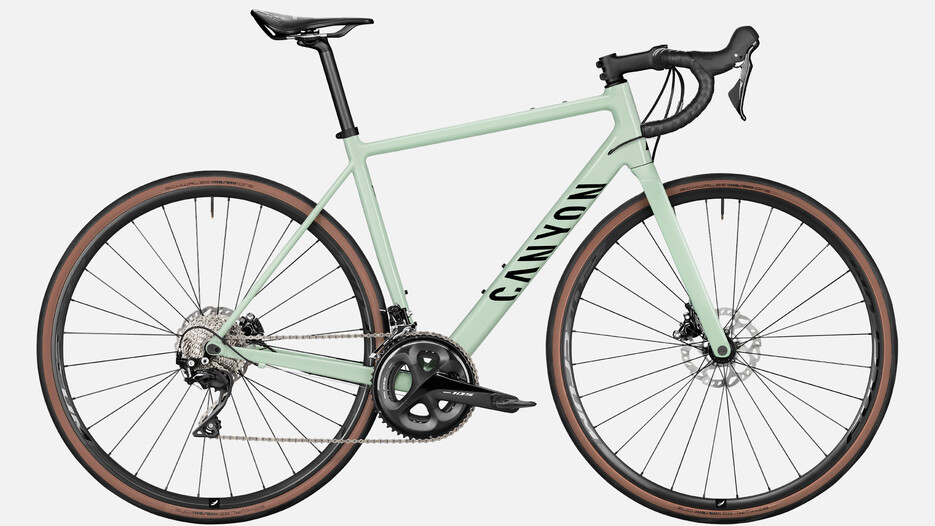
5. Canyon Endurace AL
Specifications
Reasons to buy
Reasons to avoid
By selling direct to the consumer, Canyon can offer prices that other brands struggle to match, without sacrificing an ounce of quality. With a full Shimano 105 drivetrain and hydraulic brakes (if you opt for discs) on the top-spec build, the Endurace rolls on DT Swiss E1850 wheels, with Canyon providing the rest of the finishing kit.
The Endurace features steep head and seat angles, however, the stack and reach plant the rider in a neutral riding position; making for a roadie that's agile and responsive, but won't leave your lower back and neck requiring attention from a physio.
The disc version has ample room for fat tyres, and the lack of a brake bridge also allows the chainstays to flex more freely. Both versions are noticeably devoid of fender mounts, so it might not slot in well if you live in a wet climate.
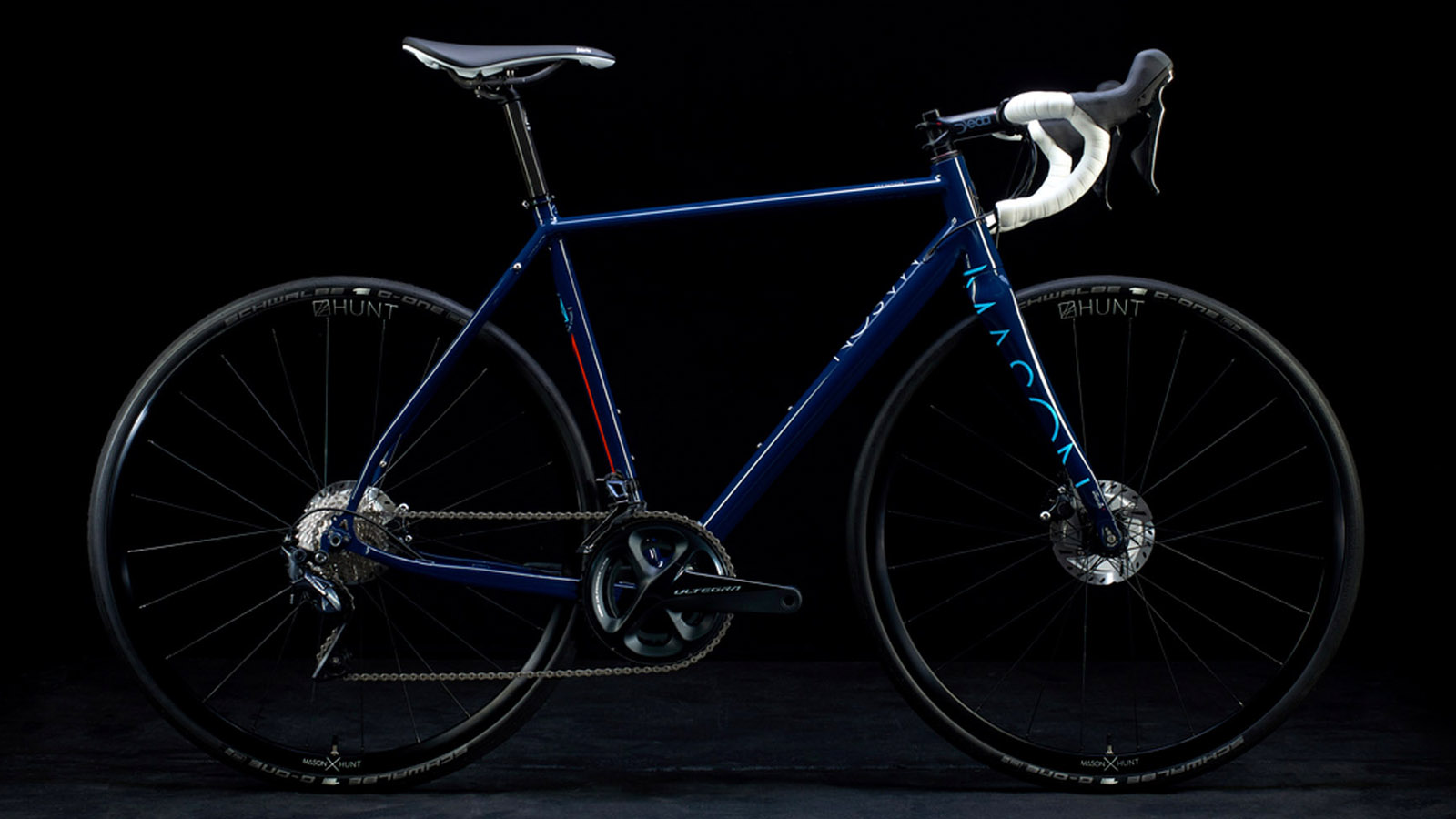
6. Mason Definition 2
Specifications
Reasons to buy
Reasons to avoid
Niche UK brand Mason has been making waves for a few years now, offering high-quality frames with all-round geometries that don't break the bank.
For the second generation of the Definition, Mason updated the frame to take 12mm thru-axles and flat-mount disc brake calipers. This involved a complete redesign of the rear end for a new dropout that didn't add weight or change the ride quality. The frame itself is made from quality Dedacciai alloy tubing and is finished with the brand's Aperture 2 carbon fork.
Available in a range of 1x and 2x drivetrains, each Definition comes with Hunt 4Season V2 Disc wheels, a Deda cockpit and a Fabric saddle, although you can customise the build to your heart's content.
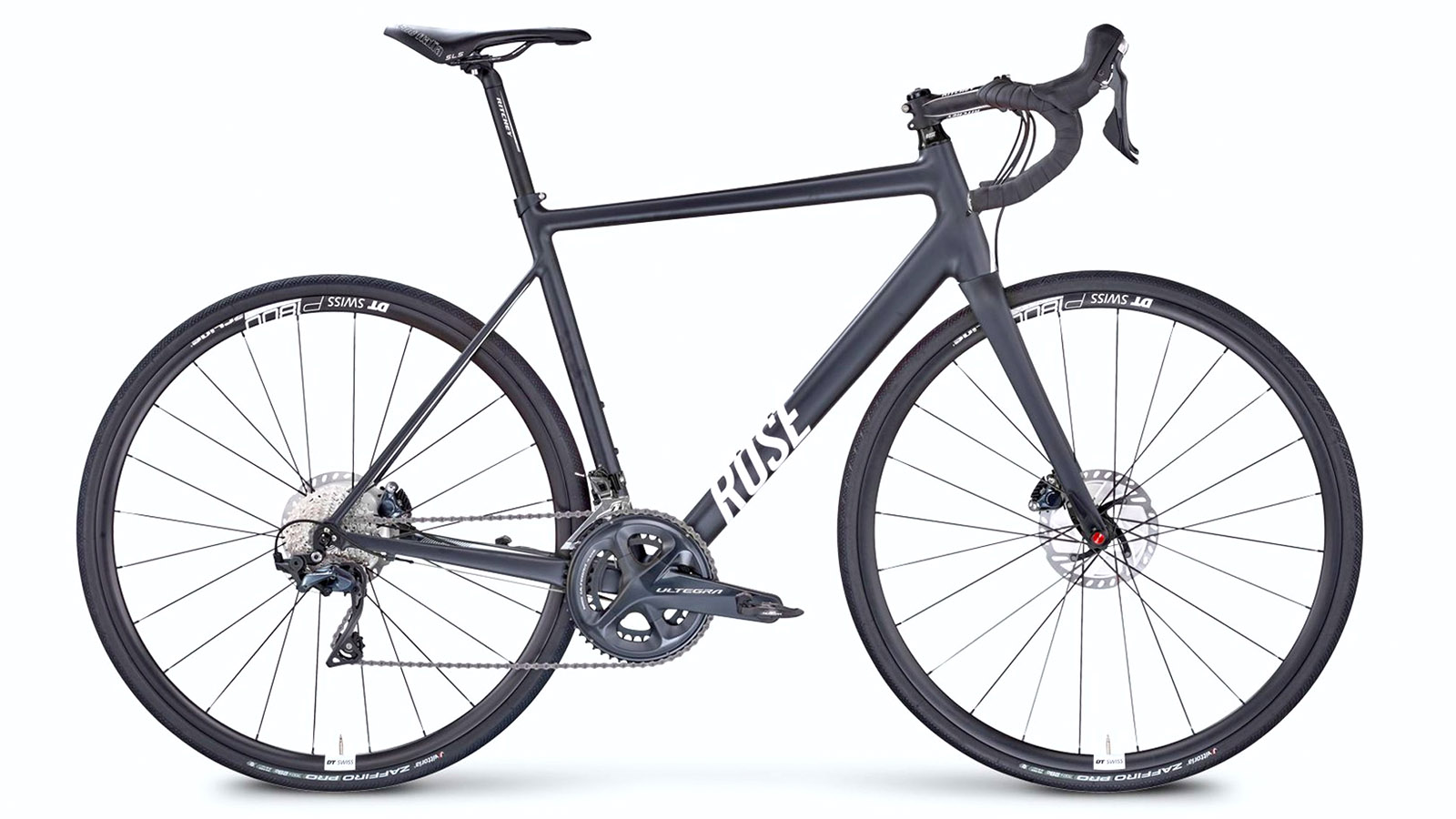
7. Rose Pro SL Disc
Specifications
Reasons to buy
Reasons to avoid
Another consumer-direct brand, Rose, offers serious value for money with the Pro SL Disc. The frame itself is made from 7005 T6 alloy and features triple-butted, hydroformed tubing throughout. The brake-bridge-free lowered seat stays afford the tubing oodles of vertical flex, while the carbon fork at the front does well to eat up vibration coming through the bars.
Labelled as a marathon bike, the Rose Pro SL disc offers steep angles and a relatively compact rear end for precise steering, while a few mm of stack is added in the front to relieve the pressure on your lower back and neck.
For the money, you get a full Shimano Ultegra drivetrain, DT Swiss P1800 Spline wheels and a Ritchey finishing kit. Rose stopped importing to the UK after Brexit though.
How to choose an aluminium road bike
The considerations when choosing the best aluminium road bike for your needs are similar to those for a road bike made of any other material, so take a look at our buyer's guide to the best road bikes for more, if you're not sure what type of bike you need.
Here, though, are a few considerations that are specific to aluminium road bikes.
Are aluminum bikes as good as carbon?
Whilst an aluminium frame may not offer quite the same ride as a top end or premium carbon fibre frame. The best aluminium road bikes will offer lower end carbon machines a run for their money. Most will be engaging, stiff and fun bikes to ride. The CN tech team have owned a few aluminum road bikes between us and not by chance.
What sort of bike to I need?
Alloy road bikes are a microcosm of bikes in general, as every genre of bike has at least one model made of aluminium. As such the same decisions that you'd make when choosing one of the best carbon road bikes, or best steel road bikes, apply here.
If you're planning on racing then go for something race-focused; longer, lower, and with steeper angles. For longer days in the saddle then you might be better off with an endurance-focused option, where a more upright position and more relaxed handling combined with wider tyres will allow you to pedal on for hours and hours in comfort.
If you're unsure then there are plenty of options which don't categorise themselves as one or the other, and fill a more 'general purpose' niche. Think of these as a choose-your-own-adventure option.
Are all carbon forks the same?
Most alloy road bikes will come with a carbon fork. Fork blades flex more than the frame, and the fatigue life of aluminium isn't sufficient to allow safe alloy forks without them being utterly unforgiving.
Carbon forks allow flex, and also save a few grams in the process. Higher spec models will also have a carbon steerer, while lower tier models will have a metal one. The only real difference here is weight, as the steerer itself provides no additional flex.
Should I get disc brakes or rim brakes?
The industry is moving towards discs being the standard with an inevitability that makes rim brakes harder to recommend from a future-proofing standpoint.
Disc brakes provide better stopping power and modulation, especially in the wet. However, it's not totally black and white. Rim brakes are significantly easier to maintain yourself, and likely cheaper too. They've worked perfectly well for decades, so if you are a budding home mechanic then perhaps they're the right choice for you.
Rim brakes will however limit the width of the tyre you can use, so for endurance bikes, you're unlikely to have a decent rim brake offering nowadays.
Thru-axles or quick release?
For disc brake equipped bikes a thru-axle will always be the superior choice as it positions the wheel, and therefore the disc rotor, in precisely the same place each time, reducing the risk of developing brake rub.
For rim brake aficionados the choice is less imperative. Thru-axles will be stiffer, and more future-proof, but the tolerances built into a rim brake system aren't so fine and so quick release is perfectly adequate if budget is a concern. The majority of rim brake bikes still use the quick release system.
The latest race content, interviews, features, reviews and expert buying guides, direct to your inbox!

Will joined the Cyclingnews team as a reviews writer in 2022, having previously written for Cyclist, BikeRadar and Advntr. He’s tried his hand at most cycling disciplines, from the standard mix of road, gravel, and mountain bike, to the more unusual like bike polo and tracklocross. He’s made his own bike frames, covered tech news from the biggest races on the planet, and published countless premium galleries thanks to his excellent photographic eye. Also, given he doesn’t ever ride indoors he’s become a real expert on foul-weather riding gear. His collection of bikes is a real smorgasbord, with everything from vintage-style steel tourers through to superlight flat bar hill climb machines.
